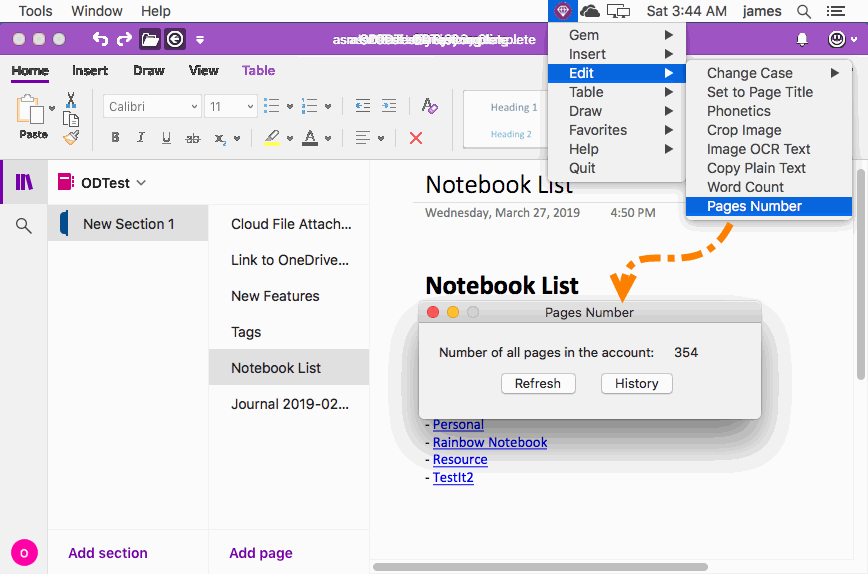
This difference is not simply a case of syntax. In contrast, Numbers uses a separate "canvas" as its basic container object and tables are among the many objects that can be placed within the canvas. In effect, the spreadsheet and the table are the same.

In the traditional model, the table is the first-class citizen of the system, acting as both the primary interface for work and as the container for other types of media like charts or digital images. Numbers works in a fashion somewhat different from traditional spreadsheets like Microsoft Excel or Lotus 1-2-3. At its introductory demonstration, Steve Jobs pitched a more usable interface and better control over the appearance and presentation of tables of data.ĭescription Basic model Numbers also includes numerous stylistic improvements to improve the visual appearance of spreadsheets. However, it implements these using traditional spreadsheet concepts, as opposed to Improv's use of multidimensional databases.

Numbers also includes features from the seminal Lotus Improv, notably the use of formulas based on ranges rather than cells. In comparison, traditional spreadsheets like Microsoft Excel use the table as the primary container, with other media placed within the table. Other media, like charts, graphics, and text, are treated as peers. Numbers uses a free-form "canvas" approach that demotes tables to one of many different media types placed on a page. The app was later updated to support iPhone and iPod Touch. The iPad version was released on January 27, 2010. Numbers 1.0 on OS X was announced on August 7, 2007, making it the newest application in the iWork suite. Numbers is available for iOS and macOS High Sierra or newer. as part of the iWork productivity suite alongside Keynote and Pages. Numbers is a spreadsheet application developed by Apple Inc. Catalan, Croatian, Czech, Danish, Dutch, English, Finnish, French, German, Greek, Hindi, Hungarian, Indonesian, Italian, Japanese, Korean, Malay, Norwegian, Polish, Portuguese, Romanian, Russian, Simplified Chinese, Slovak, Spanish, Swedish, Thai, Traditional Chinese, Turkish, Ukrainian, Vietnamese


 0 kommentar(er)
0 kommentar(er)
